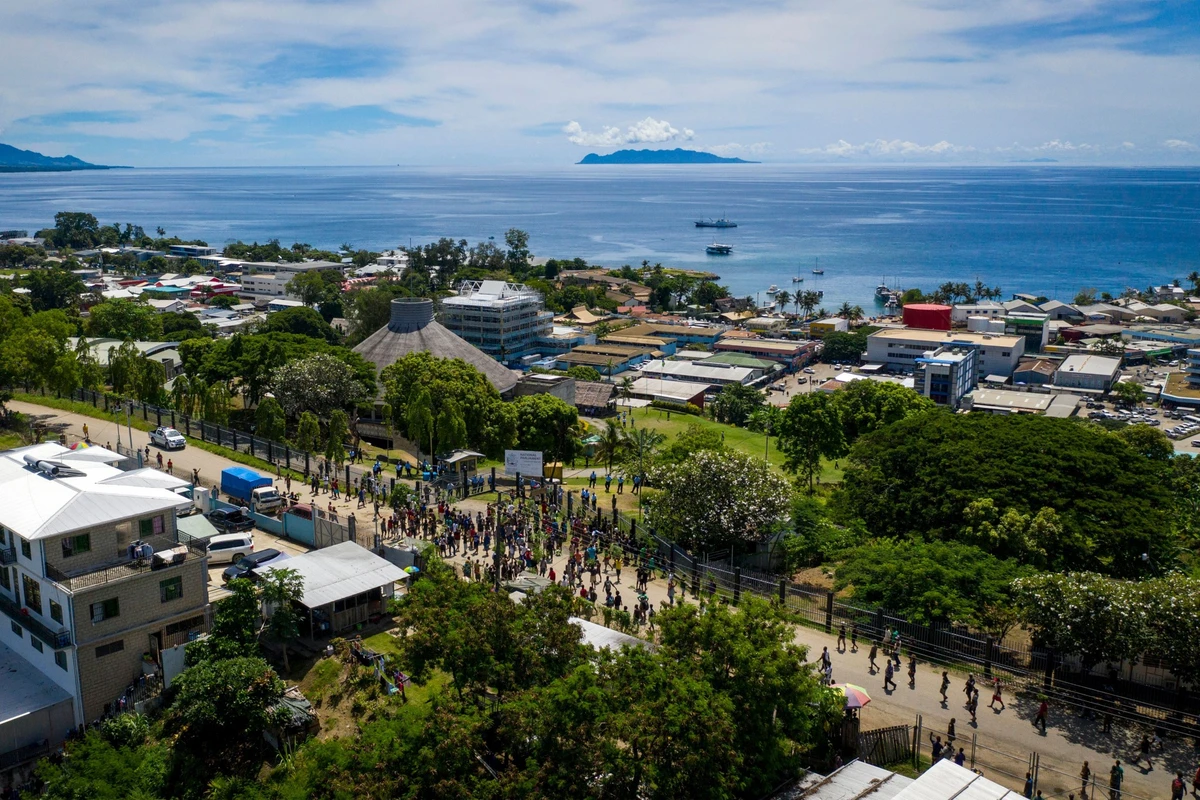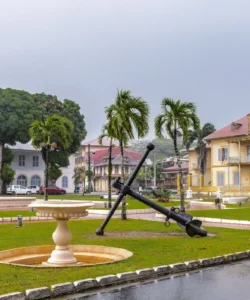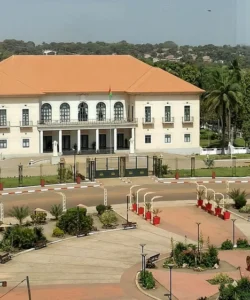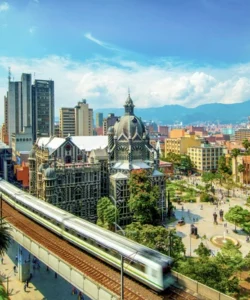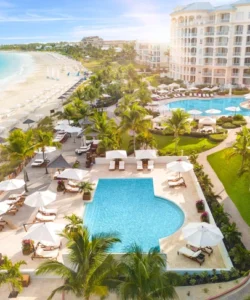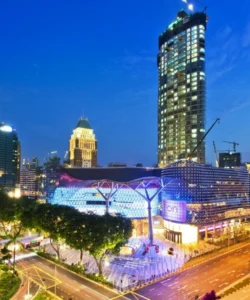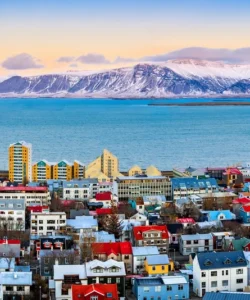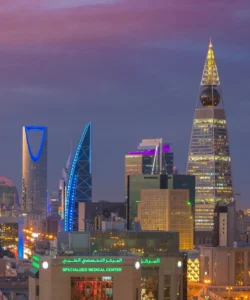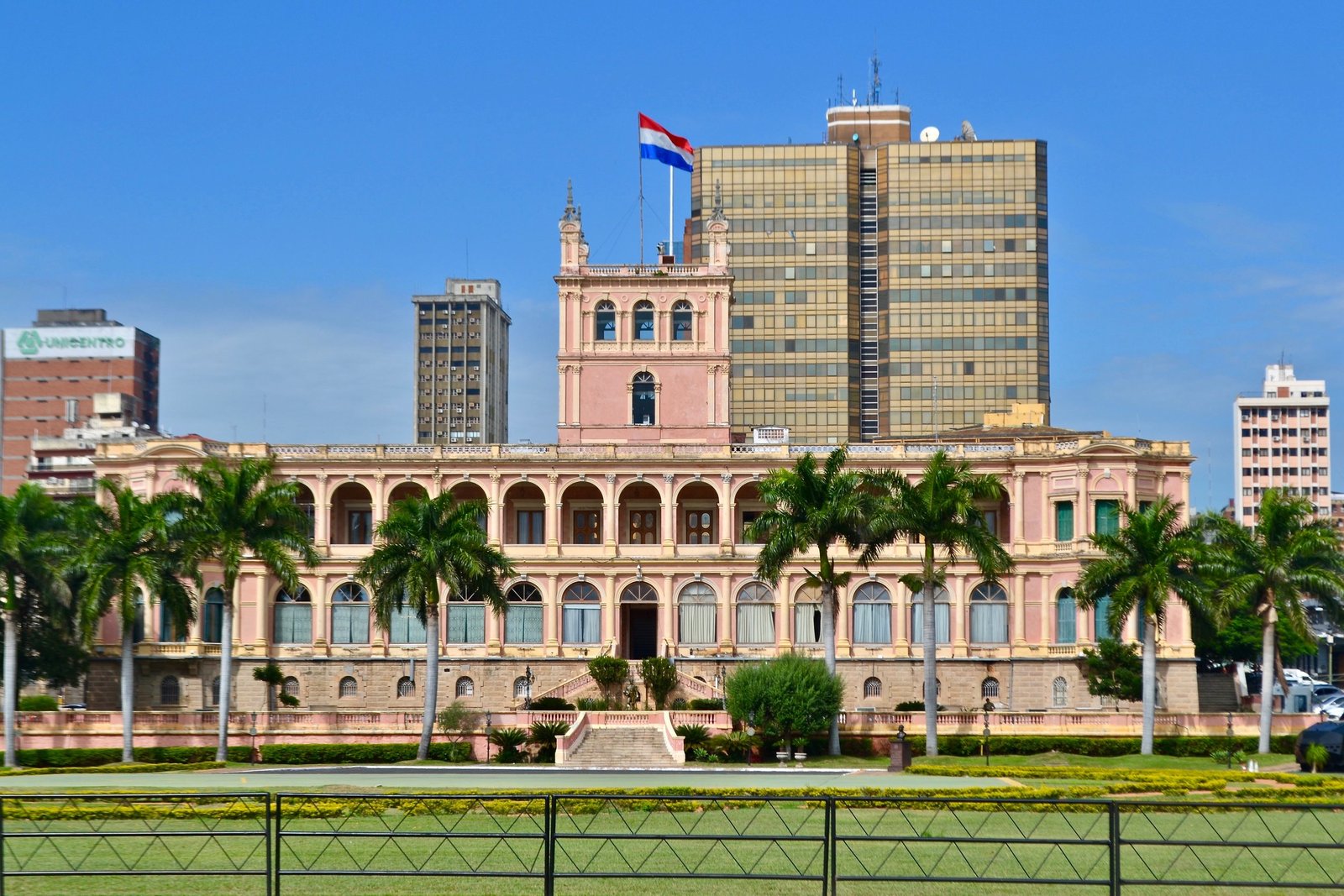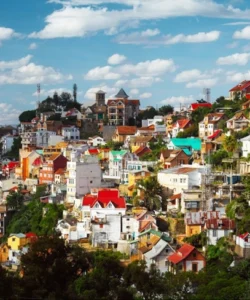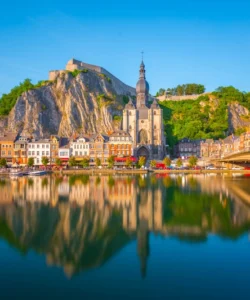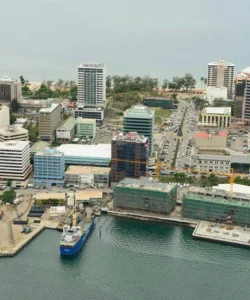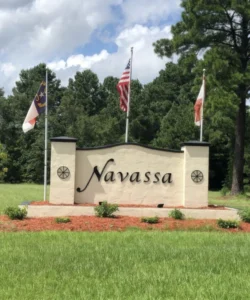The Solomon Islands is a sovereign island nation located in Melanesia, a subregion of Oceania, to the northeast of Australia. An archipelago of over 990 islands and atolls, it’s known for its incredibly rich biodiversity, particularly its pristine coral reefs and abundant marine life, its dense rainforests, and its significant World War II history. It offers a unique destination for adventurous travelers seeking pristine nature, cultural immersion, and historical exploration.
![]()
Here’s a detailed overview:
- Area: Approximately 28,400 km² (10,965 sq mi). The main islands include Guadalcanal, Malaita, Santa Isabel, Makira, Choiseul, and the New Georgia group.
- Population: Estimated at around 773,991 people as of July 2025. The population is predominantly Melanesian.
- Language: The official language is English, but it’s only spoken by a small percentage of the population. Pijin (a Solomon Islands Creole) is the most widely spoken lingua franca. Over 70 indigenous languages are also spoken across the archipelago, making it one of the most linguistically diverse countries in the world per capita.
- Currency: Solomon Islands Dollar (SBD).
- Religion: Predominantly Christian, with the Church of Melanesia (Anglican), Roman Catholic, and South Sea Evangelical Church being the largest denominations.
- Capital: Honiara (located on Guadalcanal).
- Major Cities/Towns: Honiara, Auki (Malaita), Gizo (Western Province), Noro (Western Province).
Attractions & Wonders:
The Solomon Islands’ attractions are heavily centered on its natural environment and poignant WWII history.
- World War II Battlefields & Wrecks (Guadalcanal): The island of Guadalcanal was the site of intense fighting during WWII. Visitors can explore numerous historical sites, including:
- Bloody Ridge: A famous battlefield.
- Alligator Creek (Ilu River): Another key battle site.
- Vilu War Museum: Displays artifacts and relics from the war.
- Bonegi I & II: Easily accessible Japanese shipwrecks popular for shore diving and snorkeling.
- Ironbottom Sound: The waters north of Guadalcanal, where numerous warships and aircraft sank during the war, creating an incredible underwater museum.
- Diving & Snorkeling: Considered one of the world’s premier dive destinations. The Solomon Islands offer pristine coral reefs, an incredible diversity of marine life (including untouched coral gardens), and a vast number of WWII shipwrecks and plane wrecks (over 200 known wrecks), many still very intact.
- Marovo Lagoon (Western Province): A UNESCO World Heritage site candidate, this is the largest salt-water lagoon in the world. It’s famous for its stunning beauty, rich marine biodiversity, traditional carving, and remote island communities.
- Skull Island (Mbili, Western Province): A small islet where the skulls of ancient warrior chiefs are kept in a traditional shrine, offering a glimpse into traditional spiritual practices.
- Kastom Culture: Visitors can experience authentic Melanesian village life and traditional customs (“kastom”). This often involves observing traditional dance, music, carving, and witnessing unique ceremonies.
- Rainforests & Waterfalls: Many islands are covered in dense, pristine rainforest, offering opportunities for hiking to secluded waterfalls and observing unique flora and fauna.
- Birdwatching: The islands are a hotspot for endemic bird species, particularly in the forested interiors.
- Lagoon-style Tourism (Gizo & Western Province): The Western Province is a popular area for small, eco-friendly resorts and guesthouses located on remote islands within beautiful lagoons.
Architecture:
Solomon Islands architecture is largely characterized by traditional village structures adapted to the local environment, with some colonial and modern influences in urban centers.
- Traditional Houses (Leaf Houses): In villages, homes are typically constructed from local, sustainable materials like timber poles, bamboo, woven sago palm leaves, and thatch for roofs. They are often raised on stilts to protect against humidity, insects, and provide airflow. Design varies between islands and cultural groups.
- Haus Tambaran (Spirit Houses): While more prevalent in Papua New Guinea, similar traditional communal or ceremonial houses with intricate carvings can be found in some Solomon Islands cultures.
- Colonial Buildings (Honiara): In Honiara, some older government buildings and churches show influences of British colonial architecture, though much has been rebuilt due to WWII and natural disasters.
- Modern Structures (Honiara): The capital has seen some modern development in commercial and government buildings, but these are generally functional and less architecturally distinct than in more developed nations.
Roads:
The road infrastructure in the Solomon Islands is generally poor outside of Honiara.
- Honiara Roads: Honiara has the most developed road network, though even these can be prone to potholes and congestion.
- Limited Beyond Capital: On most other islands, roads are often unsealed, rough, and may be limited to coastal tracks. Many remote villages are only accessible by sea or on foot.
- Driving Conditions: Driving is on the left side of the road. Four-wheel-drive vehicles are often necessary outside of the capital. Travel between islands is primarily by boat (ferry, speed boat) or domestic flights.
Hotels:
Accommodation in the Solomon Islands ranges from a few international-standard hotels in Honiara to smaller, more rustic guesthouses, eco-lodges, and dive resorts in the provinces.
- Honiara:
- Heritage Park Hotel: One of the more upscale options in the capital, on the waterfront.
- Coral Sea Resort & Casino: A newer, larger resort with a casino.
- King Solomon Hotel: A long-standing option.
- Western Province (Gizo, Munda, Marovo Lagoon):
- Fatboys Resort (Gizo): Famous for its overwater restaurant.
- Agnes Gateway Hotel (Munda): Popular with divers and surfers.
- Various eco-lodges and dive resorts within Marovo Lagoon and other smaller islands. These offer a more immersive experience, often with basic amenities.
Restaurants:
The culinary scene in the Solomon Islands is relatively simple, focusing on local produce and fresh seafood. International cuisine is primarily found in hotels in Honiara.
- Hotel Restaurants: Most hotels in Honiara offer a mix of international (Western, Chinese, Asian) and some local dishes.
- Local Eateries (Kai Bars): In towns, you’ll find small, local eateries and market stalls (“kai bars”) serving simple, affordable meals like rice, fish, chicken, and local root crops.
- Fresh Seafood: Abundant and fresh, often grilled or cooked in coconut milk.
- Markets: Public markets are excellent places to find fresh fruits, vegetables, and sometimes cooked local food.
Cuisine:
Solomon Islands cuisine is based on traditional Melanesian staples, with influences from other Pacific and Asian cultures.
- Staple Foods: Root crops like taro, kumara (sweet potato), cassava, and yam are fundamental. Sago and breadfruit are also important.
- Seafood: Given its island nature, fresh fish (tuna, snapper, mackerel), shellfish, and crustaceans are staple proteins, often grilled, baked, or cooked in coconut cream.
- Coconut Cream (Lolo): A ubiquitous ingredient, used in many savory dishes and desserts.
- Pork: A highly valued meat, especially for feasts and special occasions, often cooked in an earth oven.
- Greens: Various leafy green vegetables, often cooked with coconut cream.
- Pudding: Savory puddings made from grated root crops (like taro or cassava) mixed with coconut cream and baked or steamed in banana leaves.
- Ngali Nut (Canarium Nut): A local delicacy, similar to a macadamia nut, often eaten roasted.
- Tropical Fruits: Wide variety of tropical fruits available, including bananas, pawpaw (papaya), mangoes, and pineapples.
- Mumu: Similar to Fiji’s lovo or PNG’s mumu, this traditional method involves cooking food slowly in an earth oven with hot stones, often for communal feasts.
- Betel Nut (Buai): While not food, chewing betel nut is a common practice, mixed with lime powder and mustard stick, resulting in a red stain and a mild stimulant effect.
























